The Difference Between Commercial and Editorial Style Work
As a filmmaker or photographer, if you’re working with different kinds of clients and talent, it’s important to understand the difference between commercial and editorial style work. You want to know the difference so that you can approach each kind of project differently in ways that are appropriate for the work.
Editorial
Background
In editorial style film and photography work, the projects are usually much more about the experience and the authenticity of the events you’re shooting. The goal with this kind of work is to capture an event, place, or adventure accurately and creatively, to display your subject in an honest and new way.
Even if you’re working with a business, you could still be working on more editorial style work if the focus is on authenticity and capturing what’s happening.
Tips
For these kinds of projects it’s especially important to do your research ahead of time to know what aspects of your subject you want to capture. This way you can make sure to get yourself in the right position, at the right time to photograph or film what’s happening.
If you’re shooting a live event for example, it’s important to know the layout of the space, the schedule of performers or activities, and what key moments you should be in place to capture. In addition to all this preparation, for these kinds of shoots you should also be constantly ready to adapt and reposition yourself to capture something unexpected.
You’re not going to be able to capture every moment, but you want to coordinate with your team and your client so that you can capture the most important moments to be able to craft a compelling project and story.
Commercial
Background
Commercial work is more focused on crafting specific kinds of images for a client, business, or brand. In commercial work, you want to communicate with the business you’re working with and know exactly what story they’re looking to tell and craft for their image.
The important part of commercial work is connecting to the company’s brand identity and personality. You’re working with the client to construct the narrative that will work best. In a sense, it’s like you're creating video or photos that are “based on a true story”, as opposed to documenting things as they happen.You still want to stay true to the company and the people involved, but the whole team has more control over crafting the creative vision and adjusting events as they happen.
Tips
Similar to editorial work, you still want to do your research when working on commercial style work. Instead of researching the event, subject, or activity, you instead want to focus on researching the business you’re working with, the style of campaign/project you’re discussing, and what similar kinds of work have been done before.
In commercial style work you want to determine how you can best convey the business’ image with the video or photo project you’re working on. You should work with your creative team, and the business, to plan a project shoot that will fit with their brand.
On the days of your shoot, you still need to be ready to adapt, like with editorial work, but in different ways. On a commercial shoot, don’t be afraid to manipulate the situation to create a better product. If you’re filming a promotional video for a coffee shop for example, and you’re shooting one of the barista’s pouring a cup of coffee, ask them to pour it in different ways, do multiple takes, and reposition them until you get the shot you want.
In the growing digital age we live in, images, both still and moving, are more and more important for all kinds of work. Whether you’re working on editorial, commercial, or other styles of work, just remember to communicate with your clients about what visions they have so you can work together to make engaging projects that are appropriate for each situation.
At Windwood, we make all different kinds of work and do our best to tailor our style to match the visions of our clients. If you want examples of the kinds of work we’ve done, check out our work here. If you want help with your own project, you can contact us here.

